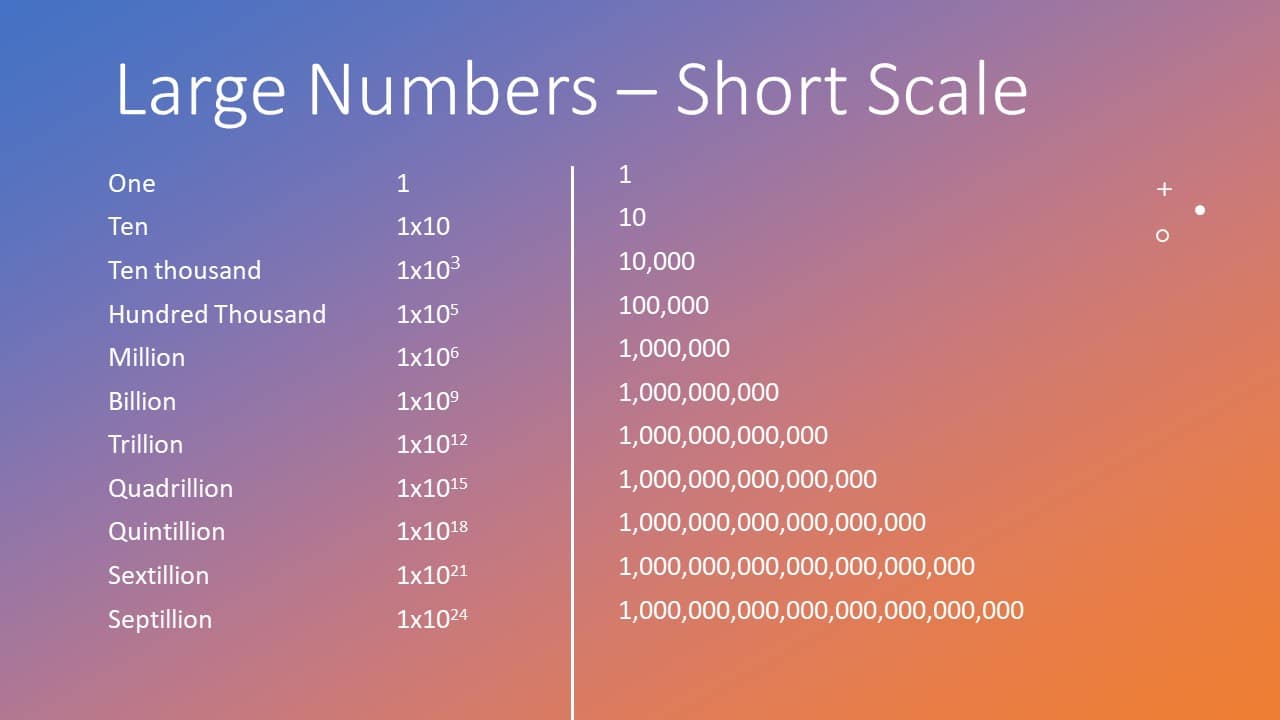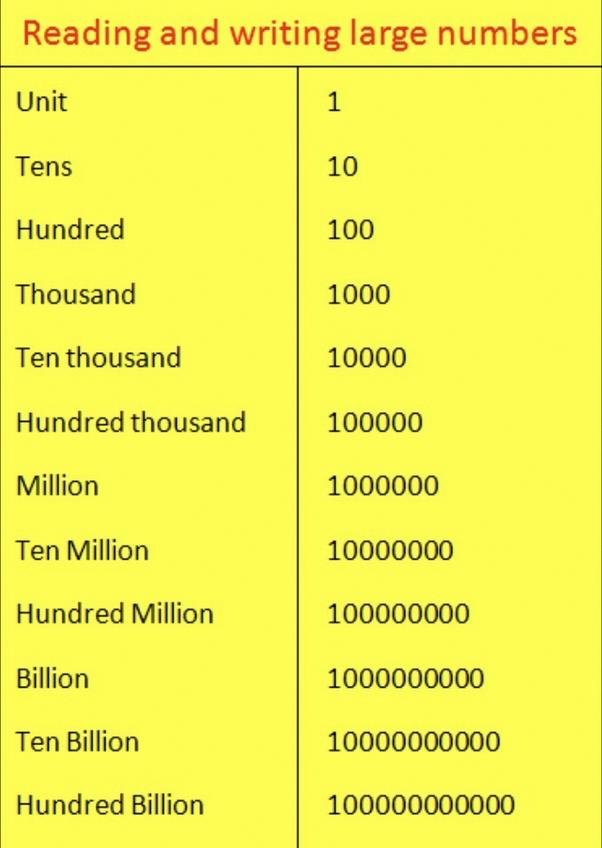How Many Millions Is 0.8 Billion

Imagine strolling through a bustling farmers market on a sunny Saturday morning. The air is filled with the aroma of freshly baked bread, ripe fruits, and vibrant flowers. As you browse the stalls, you overhear snippets of conversations: farmers discussing yields, bakers haggling over prices, and customers comparing costs. Numbers are everywhere, silently dictating the flow of commerce. But what happens when those numbers become truly enormous, scaling beyond everyday calculations? How do we truly grasp the magnitude of billions, especially when presented as fractions or decimals?
The seemingly simple question, "How many millions is 0.8 billion?", unravels a fascinating look into numerical scales and the importance of understanding large numbers in our increasingly data-driven world. Essentially, 0.8 billion translates to 800 million. This article will break down the calculation and explore why grasping such figures matters in contexts ranging from global economics to everyday budgeting.
Understanding the Scale: Millions and Billions
Before diving into the calculation, it's essential to establish a clear understanding of the terms involved. A million represents one thousand thousands (1,000,000), a significant number in its own right. A billion, on the other hand, represents one thousand millions (1,000,000,000). This difference of three orders of magnitude highlights the substantial leap in scale between these two figures.
In many parts of the world, a billion is a thousand million. Understanding this is the cornerstone to correctly interpret and process financial reports, economic analyses, and population statistics.
The Calculation: Unveiling 0.8 Billion in Millions
Converting 0.8 billion to millions involves a simple multiplication. Since one billion equals one thousand million, we multiply 0.8 by 1,000.
Here's the breakdown: 0.8 * 1,000 = 800. Therefore, 0.8 billion is equal to 800 million.
This may seem straightforward, but the significance lies in the ability to quickly and accurately perform such conversions. The rapid interpretation of large numbers is crucial in various professional and personal scenarios.
Why This Matters: Applications in Real Life
Understanding the relationship between millions and billions isn't just an abstract mathematical exercise. It has profound implications across various fields.
Economics and Finance: In economics, government budgets and national debts are often discussed in billions. Being able to translate these figures into millions provides a more relatable perspective. For example, understanding that a $0.8 billion infrastructure project represents $800 million helps assess the scale and impact of the investment.
Financial analysts routinely deal with companies’ revenues, expenses, and market capitalizations expressed in millions or billions. Accurately converting and comparing these figures is essential for informed investment decisions.
Business and Marketing: Companies often track sales figures, marketing budgets, and customer acquisition costs in millions. If a company's revenue target is set at $0.8 billion, understanding that this equates to $800 million allows for setting more granular, million-dollar-level goals for individual teams or product lines.
Marketing campaigns often have budgets in the millions, and understanding the equivalent in billions can help manage and optimize spending across different channels.
Global Affairs and Philanthropy: Aid organizations frequently allocate funds in millions to various projects around the world. Understanding that a $0.8 billion aid package represents $800 million in resources can help better appreciate the magnitude of the assistance being provided.
Similarly, global population figures are often discussed in billions, and translating these into millions can provide a more intuitive understanding of demographic trends.
The Psychological Impact of Scale
Large numbers can be difficult for the human mind to grasp. The difference between a million and a billion is not just a matter of calculation; it's a difference in scale that's hard to internalize.
Presenting information in a way that makes large numbers more relatable is crucial for effective communication. For instance, instead of saying a company has a $0.8 billion valuation, highlighting that this is equivalent to $800 million, which could fund a certain number of schools or hospitals, can create a more meaningful connection with the audience.
Common Misconceptions and Pitfalls
One common mistake is confusing millions and billions due to the similarity in their names. This error can lead to significant miscalculations and misinterpretations. Always double-check the units being used and ensure a clear understanding of the scale involved.
Another pitfall is failing to consider the context of the numbers. A million dollars may be a substantial amount in one scenario but relatively insignificant in another. Therefore, it's important to evaluate the figures in relation to the overall scale of the situation.
Tools and Techniques for Handling Large Numbers
Several tools and techniques can help improve our ability to handle large numbers effectively. Spreadsheets and calculators provide quick and accurate calculations, while data visualization tools can help represent large datasets in a more understandable format.
Moreover, breaking down large numbers into smaller, more manageable units can make them easier to comprehend. For example, instead of trying to grasp the entirety of a $0.8 billion budget, focus on how the funds are allocated across different departments or projects.
Learning to visualize these scales is key. Thinking of a million as a pile of sand and a billion as a mountain range can offer a visual anchor to understand the exponential difference.
The Future of Numerical Literacy
In an increasingly data-driven world, numerical literacy is becoming an essential skill. The ability to understand and interpret large numbers is crucial for making informed decisions in various aspects of life, from personal finance to global affairs.
Educating individuals on the importance of numerical literacy and providing them with the necessary tools and techniques will be critical in navigating the complexities of the modern world.
As data becomes more readily available, our ability to make sense of it will define our success and empower our choices. Understanding the difference between millions and billions is just one crucial step in this journey.
Conclusion: Embracing the Power of Numbers
So, the next time you encounter a large number, whether it's in a news article, a financial report, or a scientific study, take a moment to break it down and understand its scale. Remember that 0.8 billion is simply 800 million, and that understanding this relationship unlocks a deeper understanding of the world around us.
By embracing numerical literacy, we empower ourselves to make better decisions, engage more effectively with the world, and navigate the complexities of our increasingly data-driven society.
Let's cultivate a curiosity for numbers and a commitment to understanding their true significance. In doing so, we unlock a powerful tool for making sense of our world and shaping a brighter future.


:max_bytes(150000):strip_icc()/BiggerThanMillion-58b734085f9b5880803990ff.jpg)















